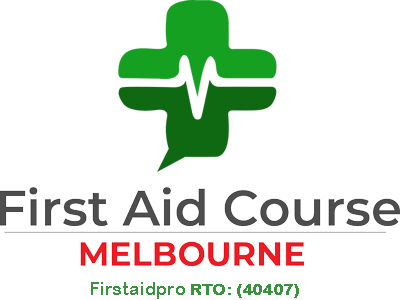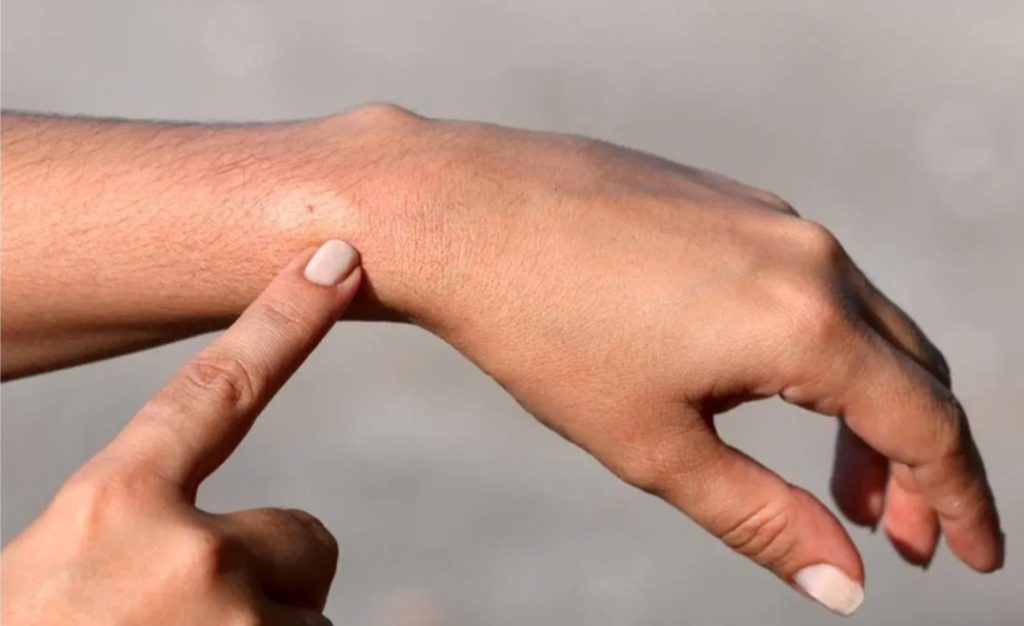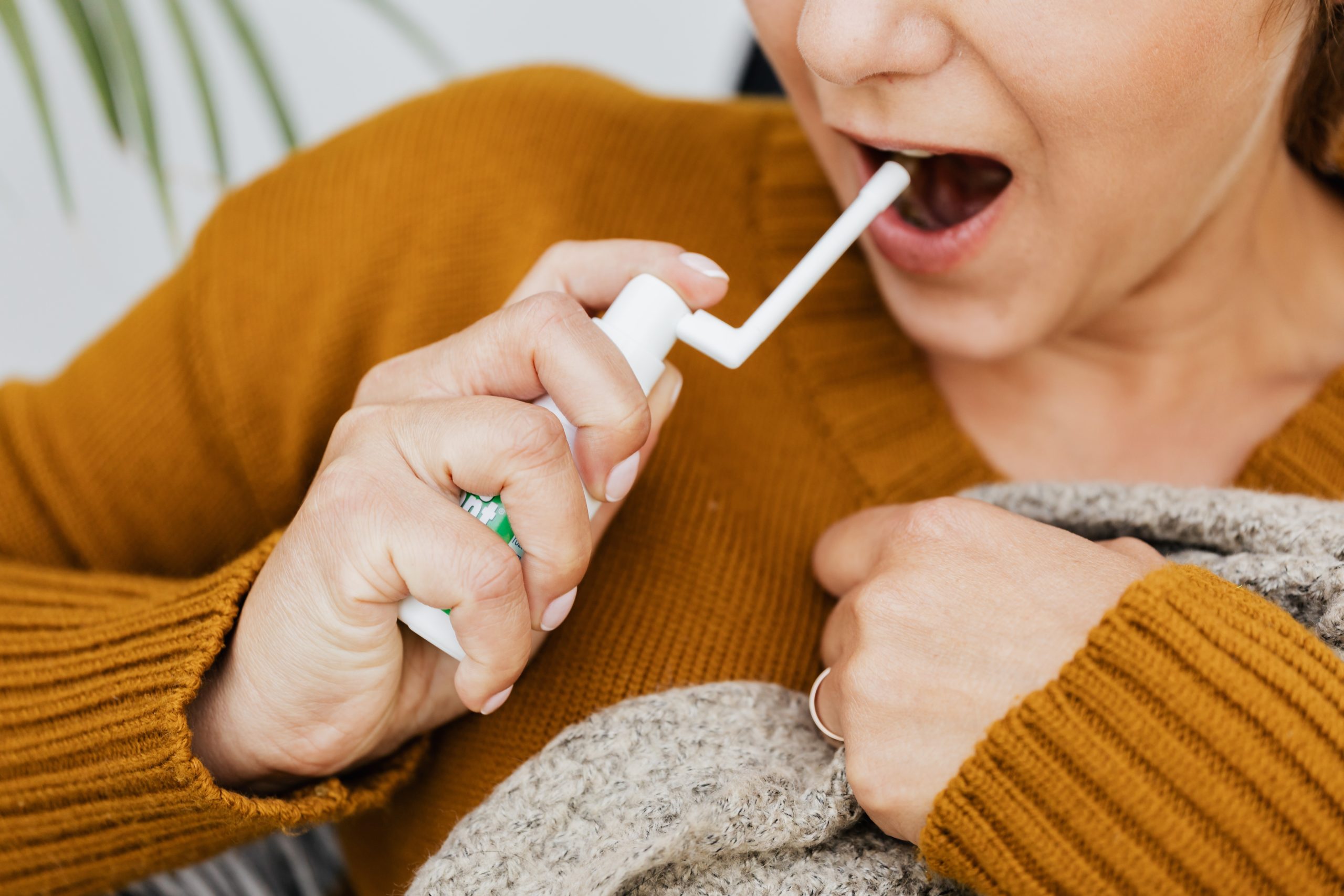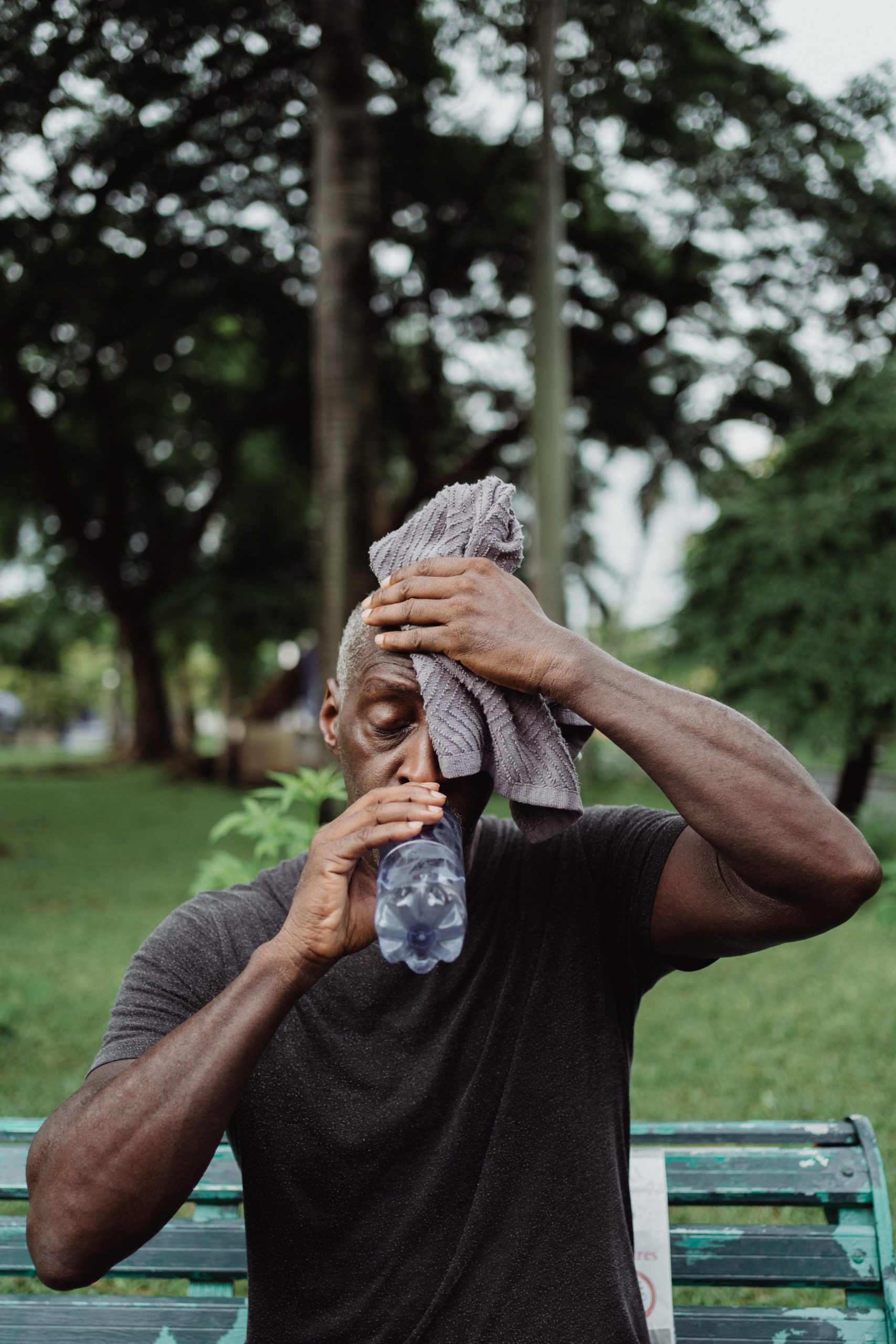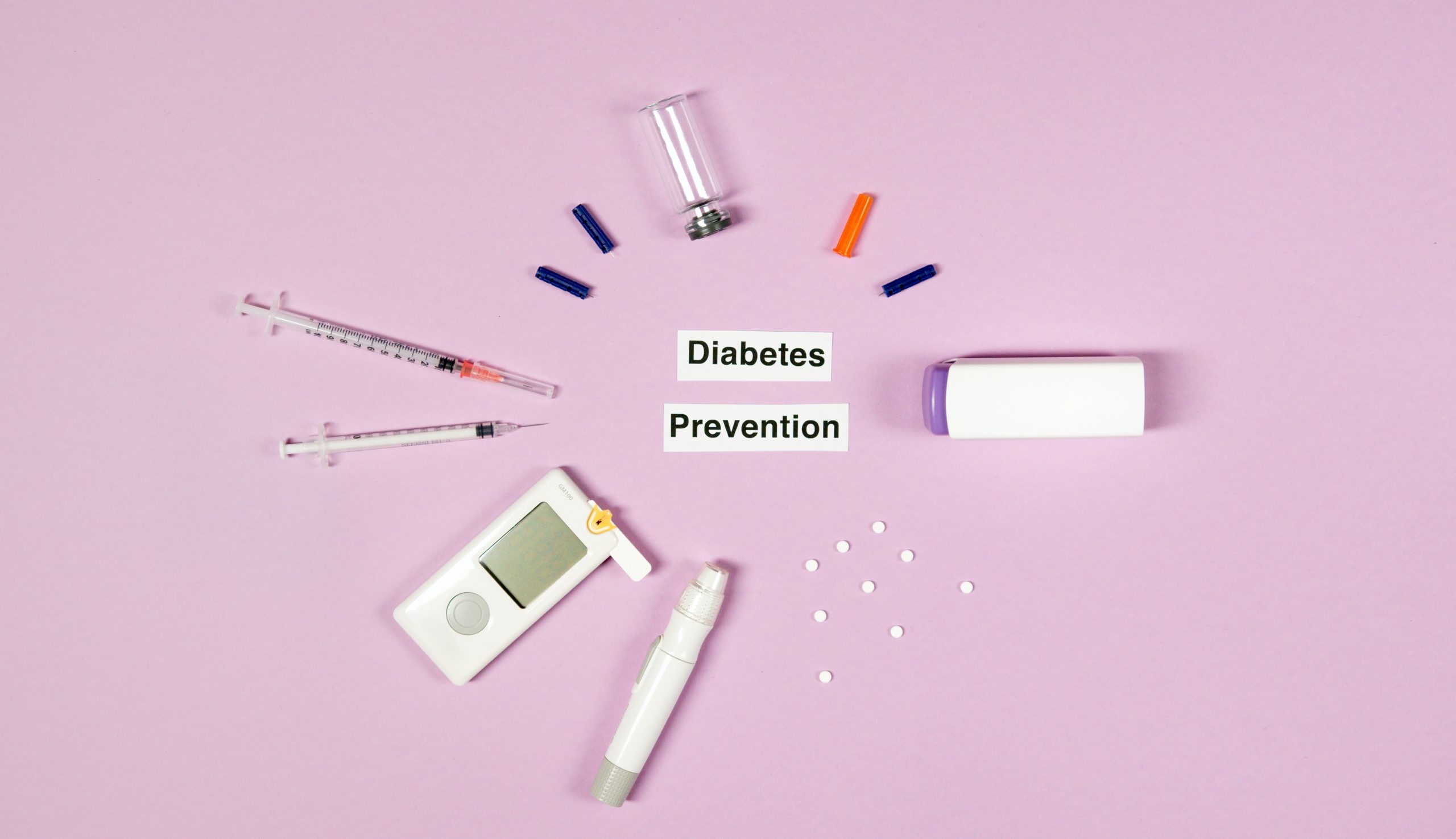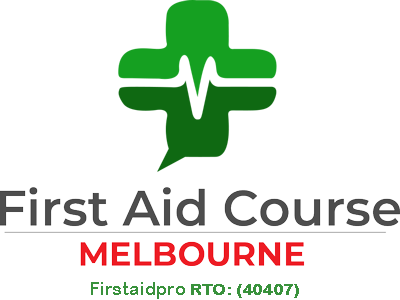Australia is home to many animals and insect species that bite or sting. And it might be no surprise that many of us have experienced a bite or sting once in our life.
Although some people seem to be far more susceptible to bites and suffer specular reactions, please note that not all symptoms are the same depending on what animal/insect inflicted the bite or sting. Therefore, the application of first aid treatment will vary on a case-by-case basis.
This blog serves as a guide to give you a general overview of what might have bitten you and suggestions as to the best way to treat insect bites and stings to make them more bearable.
Snake Bite
Depending on which snake bites you, snake bite venom can react to the body in different ways. It can be neurotoxic (paralysing), pro-coagulant (blood clotting), anti-coagulant (blood-thinning), or weak cytotoxic (muscle-damaging).
Common signs and symptoms of Snakebite:
- Paralysis
- Interference with blood clotting
- Severe pain
- Muscle and tissue breakdown
- Effects on the cardiovascular system (heart/lungs)
What to do:
- Call 000 and seek immediate medical help.
- Do not wash the part of the skin that is bitten. There are venom traces that might be used by medical personnel to identify the snake and whether it is venomous or not.
- Use a pressure immobilisation bandage and splint the limb.
(Not all Australian snakes are venomous but do not risk your safety and follow the proper first aid for snakebite).
Spider Bite
Common house and garden spiders are not life-threatening, but 2 Australian spiders (the red-back and the funnel-web) can be fatal and can affect the person’s well-being within 10 quick minutes.
Common signs and symptoms of a fatal Spider bite:
- Severe pain
- Numbness around the mouth
- Spasms of the tongue
- Profuse sweating
- Salivation
- Nausea and Vomiting
- Muscle pain
Get the person to the nearest hospital once these symptoms appear.
Bee and Wasp Sting
Bees and wasps are not generally aggressive. However, it is extremely common for people to accidentally step on them (with bare feet) or have them fly into us, then inject venom through their stinger.
What to do:
- Try to remove the stinger gently using a sharp object to avoid venom injected into the skin.
- Wash the affected area with soap and water
- Apply the cold pack and soothing cream and take oral antihistamines for any itching sensation.
- If anaphylaxis occurs from a bee or wasp sting, use an auto-injector (Epi-Pen) into the skin.
- Call an ambulance immediately if the situation escalates.
Mosquito Bites
Mosquitos are flies that feed on human blood and are possible carriers of malaria, dengue, and many more serious diseases. We get them in Australia around summertime, leading to a surge in numbers.
What to do:
- Wash the bitten area with soap and water and apply an antiseptic ointment
- Use a cold pack to take away any swelling
- If cold or fever-like symptoms result from a mosquito bite, seek professional help immediately
Tick Bites
Ticks are tiny creatures that live in woodland and grassy areas of Australia. They are small yet blood sucking and bite into the skin to feed on blood.
If spotted, it is recommended to not ‘forcibly’ remove the tick. Forcibly removing the tick will only result in more allergens being released to the skin.
What to do:
- Use tweezers or a proper tick remover and gently pull it away without twisting in any way (rotate 360) degrees.
- Once the tick is removed, apply an antiseptic cream to the affected area.
General First Aid for Insect Bites and Stings
Remember and follow the DRSABCD technique. Pressure Immobilisation Technique (PIT) is as follows:
- Stop all movement immediately. Lay the person down and keep them as firm as possible.
- If the bite is on the limb area, bandage the entire limb (fingers to shoulder or toes to the hip). Keep the bandage firm and tight.
- Immobilise the limb using a splint or sling.
To know more about First Aid for Bites and Stings, the First Aid Courses Melbourne offers comprehensive CPR and First Aid courses with experienced trainers/assessors for business and personal requirements. Get your first aid certification with us.
